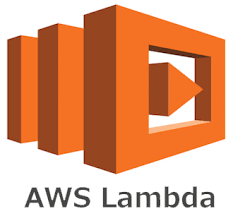26. What is a functional dependency in the DBMS?
Functional Dependency means the complete set of all possible attributes that can be functionally derived from given functional dependency using the inference rules known as Armstrong’s Rules. If “F” is a functional dependency then closure of functional dependency can be denoted using “{F}+”.
There are three steps to calculate closure of functional dependency.
27. Explain the Stored Procedure.
A stored procedure is a subroutine available to applications that access a relational database management system (RDBMS). Such procedures are stored in the database data dictionary.Uses for stored procedures include data-validation or access-control mechanisms.Stored procedures are similar to user-defined functions (UDFs). The major difference is that UDFs can be used like any other expression within SQL statements, whereas stored procedures must be invoked using the CALL statement
28. When does checkpoint occur in DBMS?
A checkpoint is a snapshot of the DBMS state. With the help of checkpoints, the DBMS will reduce the amount of work to be done during a restart in the event of subsequent crashes. Checkpoints are used for the recovery of the database after the system crash. Checkpoints are used in the log-based recovery system.
29. What is data abstraction in DBMS?
Data abstraction is a process of hiding the implement details and representing only the essential features to simplify user’s interaction with the system.
The major purpose of a database system is to provide users with an abstract view of the system.
30. What is Relational Calculus?
Relational calculus is a non-procedural query language that tells the system what data to be retrieved but doesn’t tell how to retrieve it.Relational calculus consists of two calculi, the tuple relational calculus and the domain relational calculus, that are part of the relational model for databases and provide a declarative way to specify database queries.










